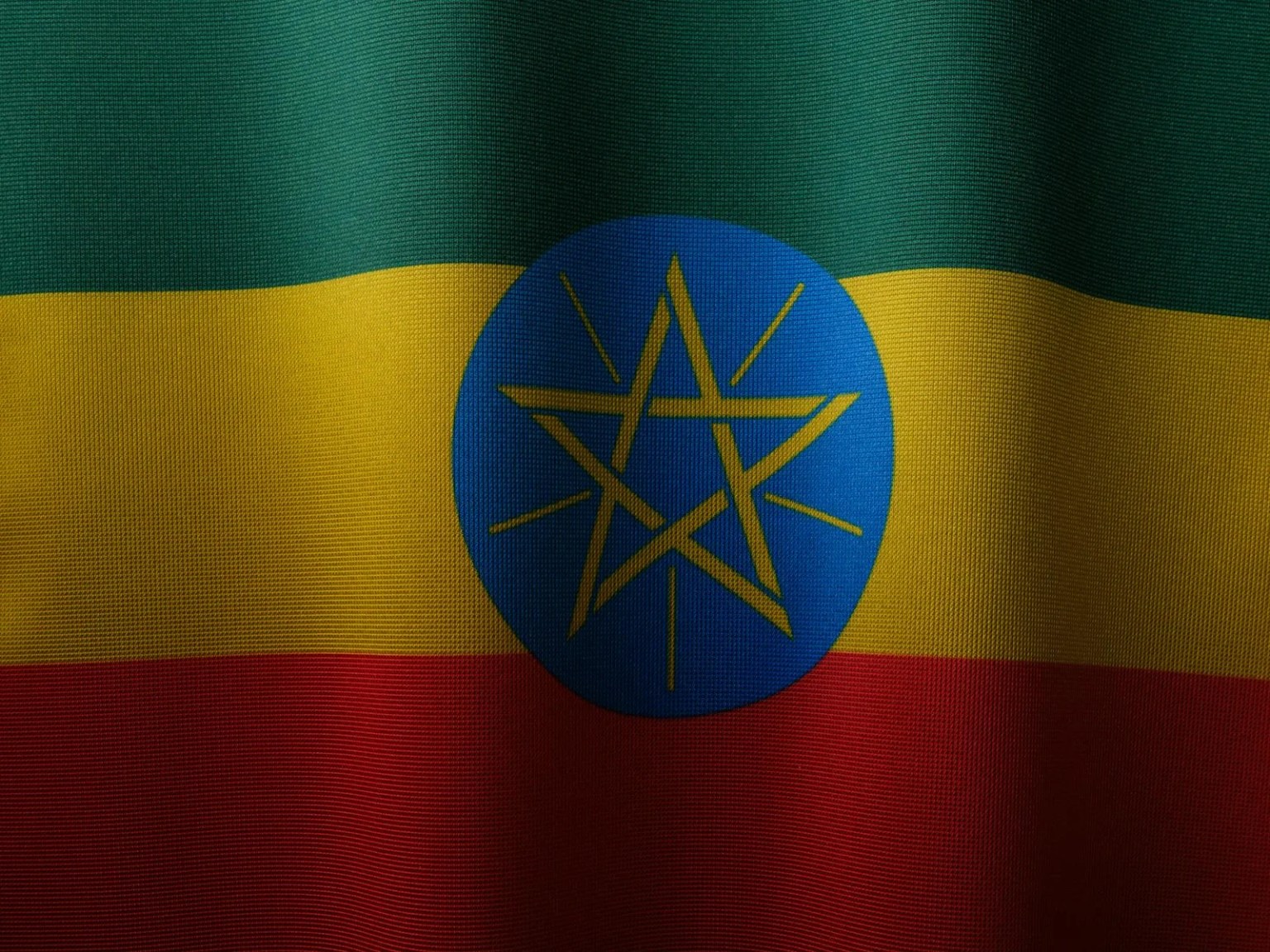
A Comprehensive Review of the FDRE Constitution dawload pdf for free

A Comprehensive Review of the FDRE Constitution he Constitution of the Federal Democratic Republic of Ethiopia (FDRE) is a foundational document that outlines the structure of the government, defines the rights and duties of citizens, and establishes the principles upon which the nation is built. Adopted on December 8, 1994, the constitution reflects Ethiopia’s commitment to democracy, federalism, and the protection of human rights. Below is a detailed review of its key aspects.
1. Preamble: A Vision of Unity and Equality
The preamble sets the tone for the constitution, emphasizing Ethiopia’s diversity and the collective commitment to building a political community based on the rule of law, democracy, and social development. It highlights the importance of equality, self-determination, and the rectification of historical injustices.
2. Fundamental Rights and Freedoms A Comprehensive Review of the FDRE Constitution
The constitution dedicates an entire chapter (Chapter Three) to fundamental rights and freedoms, which are comprehensive and inclusive. Some notable provisions include:
- Right to Life and Liberty (Articles 14–17): Protects individuals from arbitrary arrest and inhuman treatment.
- Freedom of Expression (Article 29): Guarantees freedom of speech, press, and artistic creativity, with limitations only to protect public safety or morals.
- Gender Equality (Article 35): Ensures equal rights for women, including affirmative measures to address historical discrimination.
- Rights of Children (Article 36): Focuses on protection from exploitation and the best interests of the child in all actions.
- Right to Property (Article 40): While private property is protected, land and natural resources are exclusively owned by the state and peoples of Ethiopia.
These provisions align with international human rights standards, such as the Universal Declaration of Human Rights.
3. Federal Structure and State Powers
Ethiopia operates as a federal state with a parliamentary system. Key features include:
- Member States (Article 47): The constitution lists nine regional states, with provisions for additional states to be formed based on the will of nations, nationalities, and peoples.
- Division of Powers (Articles 50–52): The federal government handles defense, foreign policy, and interstate commerce, while states manage local governance, police, and cultural matters.
- Self-Determination (Article 39): Grants nations and nationalities the right to secession, subject to a rigorous process including a referendum.
This federal structure aims to balance unity with regional autonomy, though it has also been a source of political tension.
4. The Judiciary and Constitutional Interpretation
- Independent Judiciary (Article 78): Courts are free from governmental interference, ensuring impartiality.
- Council of Constitutional Inquiry (Article 82): Resolves constitutional disputes, with final decisions made by the House of the Federation.
The judiciary’s independence is crucial for upholding the rule of law, though challenges remain in practice.
5. National Policies and Objectives
The constitution outlines guiding principles for governance, including:
- Economic Equity (Article 89): Promotes fair wealth distribution and support for disadvantaged groups.
- Environmental Protection (Article 92): Mandates sustainable development and public consultation on environmental projects.
- Social Welfare (Article 90): Aims to provide access to health, education, and clean water.
These principles reflect Ethiopia’s aspirations for inclusive development.
6. Amendment Process (Articles 104–105)
Amending the constitution is deliberately rigorous:
- Fundamental rights and federalism provisions require approval by two-thirds of both federal houses and all state councils.
- Other amendments need a joint session majority and support from two-thirds of state councils.
This ensures stability but can also make reforms challenging.
7. Strengths and Criticisms
Strengths:
- Progressive rights protections, especially for women and minorities.
- Clear federal structure with mechanisms for self-determination.
- Emphasis on social justice and environmental sustainability.
Criticisms:
- Land ownership by the state has sparked debates about property rights.
- The secession clause (Article 39) has been contentious in practice.
- Implementation gaps, particularly in judicial independence and human rights enforcement.
Final Thoughts
The FDRE Constitution is a bold and visionary document, designed to accommodate Ethiopia’s diversity while promoting democracy and development. However, its success depends on consistent implementation and addressing practical challenges. For Ethiopians and scholars alike, it remains a critical framework for understanding the nation’s governance and aspirations.
Rating: 4.5/5
A robust and inclusive constitution, though its practical application requires ongoing scrutiny.
Keywords: FDRE Constitution, Ethiopia federalism, human rights in Ethiopia, Ethiopian governance, self-determination, constitutional review.
Would you like a deeper dive into any specific section? Let me know in the comments!
https://a.aliexpress.com/_EyIGlGO
Discover more from Book Store
Subscribe to get the latest posts sent to your email.
